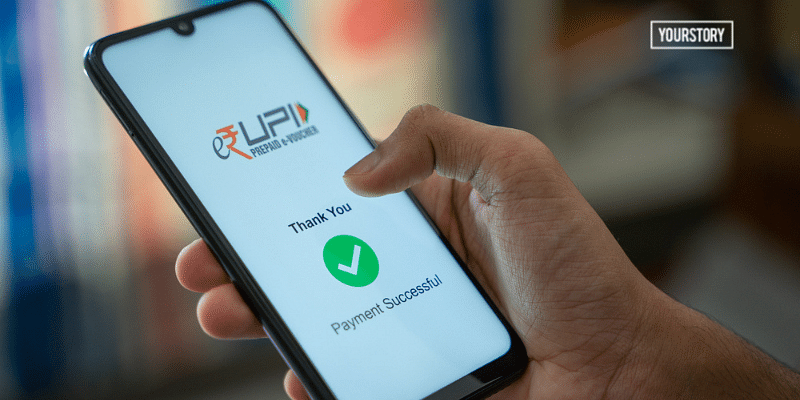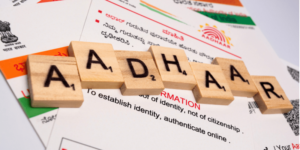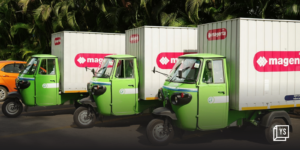Non-cash transactions over unified payments interface (UPI) are expected to grow by 50% to reach ~$1 trillion by 2026.
The popularity of UPI has soared to an annualised transaction value of $1.7 trillion and a merchant transaction value of $380 billion (in FY23). This is almost double the amount of credit cards, as per a Bain & Co. study on ‘The Future of India Retail Payments’.
The payments interface is likely to maintain its growth rate with a CAGR (compounded annual growth rate) of 40-50%, the highest among payment modes. This is driven by the rapid increase in merchant acceptance and adoption, as well as the growing internet penetration.
“With the current technical and financial momentum, India is expected to become a nearly 50% non-cash economy in consumption in the next three years with approximately 350–400 million digital consumers.” said Saurabh Trehan, Partner and Leader of the Financial Services (FS) practice, Bain & Company in a statement.
This growth could be further propelled to 60–75% in case of continued government incentives and higher traction for UPI 2.0, 123 Lite, credit on UPI, Central Bank Digital Currency (CBDC)” Trehan added.
A stronger payment acceptance infrastructure—PoS terminals may grow 2–2.5 times and reach more than 13.5 million terminals by FY26, with non-bank acquirers leading the way.
“Some of the regulatory changes have stabilised such as restrictions on loading prepaid instruments (PPIs) with credit lines from non-banks, licencing requirements for payment aggregators and payment gateways, data localisation, and card tokenisation. However, the most considerable alterations are the evolution of MDR/interchange on UPI, digital data protection bill, and future of government subsidies which is aimed towards giving the consumers a more secure and safer digital payment experience,” said Rakesh Pozhath, Partner and leading member of the FS practice, Bain & Company.
According to Pozhath, the introduction of MDR on UPI through PPI indicate that National Payments Corporation of India (NPCI) wants more monetisation avenues to promote innovation from payment service providers (PSPs), yet also desires to be careful not to hinder the progress of UPI growth.
The popularity of cashless transactions is visible in everyday life in the country.
In FY22, India’s household consumption was estimated at $1.8–$1.9 trillion, with 30–35% of total payments made through non-cash payment modes across channels.
Brazil, which has comparable demographic to India, saw a 25 pps (percent point). increase in non-cash payments as a share of consumer spending in the last decade.
India has witnessed a 10 pps. rise in this share in the past three years (2018 to 2021), with UPI and card payments being significant contributors. This growth rate is faster than other countries such as South Africa, Philippines, Thailand, and Argentina.
India’s credit card spends are likely to grow by around 2.5 times and reach $270–$280 billion by FY26 from the current $100–$110 billion in FY22 driven by card issuance to previously unserved segments.










![Read more about the article [Funding Alert] Rocketlane raises $18M in Series A](https://blog.digitalsevaa.com/wp-content/uploads/2022/01/FeaturedimageRocketlane-1642512651772-300x150.jpeg)